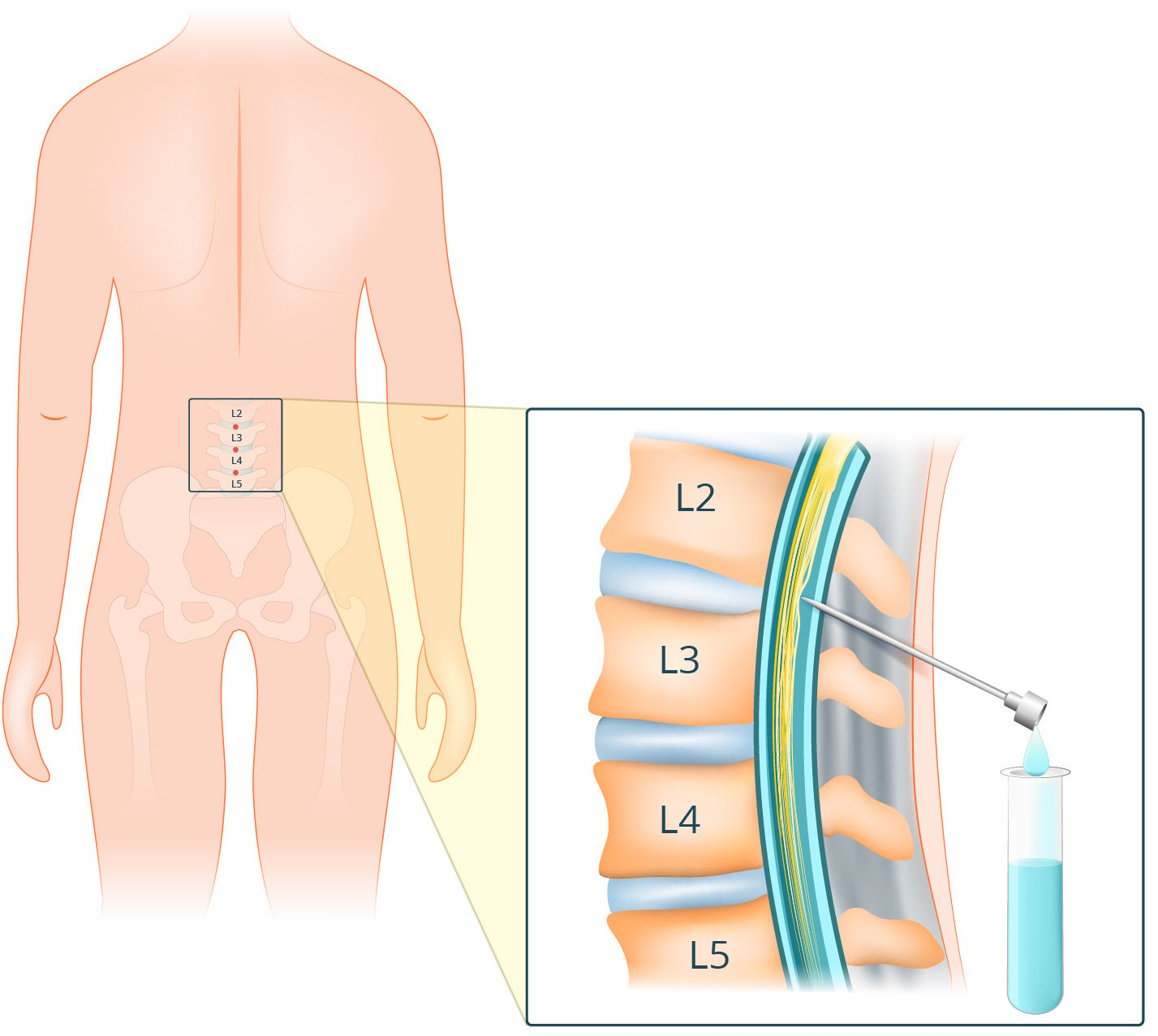Most-Missed Emergency Medicine Question This Week: Recognizing NAVA
The most‑missed concept is recognizing NAVA (neurally adjusted ventilatory assist) — a neurally triggered ventilator mode using diaphragmatic EMG to time and proportion assistance, unlike time‑ or pressure‑triggered modes.
You intubate a 9-year-old with refractory asthma. Which mode of ventilation will reduce dyssynchrony with its attendant risk of ventilator-induced lung injury?
Answer Options:
- Neurally adjusted ventilatory assistance (NAVA)
- Synchronized intermittent mandatory ventilation (SIMV)
- Assist control ventilation
- No positive end-expiratory pressure (PEEP)
The correct answer is (1) - NAVA.
While not a tricky question, 'no PEEP' is more a strategy than a ventilation mode, so it could perhaps be worded better. But the focus of the question is on the familiarity with American Thoracic Society's pediatric ventilator management guideline. (Or the European Society of Paediatric and Neonatal Intensive Care - ESPNIC.)
#4, 'no PEEP', is the most common incorrect answer to this question.
Why This Question Is Often Missed
– Unfamiliarity with NAVA: Many learners haven’t encountered Neurally Adjusted Ventilatory Assist in routine training, so they default to more common modes (SIMV, AC).
– Misleading “No PEEP” option: Trainees may think removing PEEP reduces auto‑PEEP and thus dyssynchrony, but eliminating PEEP can worsen dynamic hyperinflation and asynchrony.
What the Distractors Indicate
| Option | What It Tests / Implies | Why It’s Wrong Here |
|---|---|---|
| Synchronized Intermittent Mandatory Ventilation (SIMV) |
Understanding of mandatory vs spontaneous breath timing | SIMV still delivers mandatory breaths at set times and can lead to asynchrony when patient effort doesn’t match set breaths. |
| Assist Control Ventilation (AC) |
Knowledge of full support volume/pressure control | AC delivers every breath fully supported regardless of patient effort, risking overassist and dyssynchrony. |
| No Positive End‑Expiratory Pressure (PEEP) |
Concept that PEEP removal may lower auto‑PEEP and improve synchrony | Removing PEEP increases collapse and dynamic hyperinflation, worsening synchrony and VILI risk. |
High‑Yield Pearl
NAVA utilizes diaphragmatic EMG signals to trigger and cycle breaths in synchrony with patient effort.
Core Learning Objectives
-
- Understand the mechanism by which neurally adjusted ventilatory assist improves patient–ventilator synchrony in pediatric patients.
- Compare advanced ventilator modes (e.g., NAVA) versus conventional modes (SIMV, AC) for minimizing dyssynchrony and VILI.
The “Test Trick” at Play
This question pushes you to recognize a cutting‑edge mode rather than defaulting to familiar settings; it tests whether you can distinguish a mode driven by neural signals (NAVA) from time‑ or pressure‑triggered modes, a nuance often overlooked under exam pressure.
Additional EM Practice Questions and Remediation
Emergency Medicine Practice Question 1
A 10‑year‑old with status asthmaticus remains dyssynchronous on AC ventilation despite deep sedation. Which mode best restores synchrony and minimizes VILI risk?
- SIMV
- Pressure Support Ventilation
- Neurally Adjusted Ventilatory Assist (NAVA)
- Zero PEEP
Answer and Remediation
- If you chose C: Correct response! NAVA uses diaphragmatic EMG to align support with patient effort, reducing asynchrony.
- If you chose any incorrect option:
- SIMV: Still enforces intermittent mandatory breaths that may not match the patient’s spontaneous efforts.
- Pressure Support Ventilation: Triggered by flow/pressure, not neural signals, so dyssynchrony persists.
- Zero PEEP: Removing PEEP increases collapse and dynamic hyperinflation, worsening synchrony.
Emergency Medicine Practice Question 2
Which ventilator mode senses the electrical activity of the diaphragm to synchronize assistance with patient effort?
- Volume-Controlled Ventilation
- Airway Pressure Release Ventilation
- Pressure-Regulated Volume Control
- Neurally Adjusted Ventilatory Assist (NAVA)
Answer and Remediation
- If you chose D: Correct response! NAVA uniquely taps into diaphragmatic EMG for triggering and cycling.
- If you chose any incorrect option:
- Volume-Controlled Ventilation: Relies on time or flow triggers, not neural input.
- APRV: Alternates between two pressure levels; synchrony is time‑based.
- PRVC: Hybrid volume/pressure mode with conventional triggers.
Emergency Medicine Practice Question 3
A 7‑year‑old intubated for severe bronchiolitis exhibits marked patient–ventilator dyssynchrony. Beyond optimizing sedation, which adjustment directly targets neural synchrony?
- Increasing inspiratory time
- Switching to NAVA
- Raising PEEP
- Switching to Assist Control
Answer and Remediation
- If you chose B: Correct response! Switching to NAVA directly aligns support to patient neural drive.
- If you chose any incorrect option:
- Increasing inspiratory time: May prolong mismatch if effort timing doesn’t match.
- Raising PEEP: Affects alveolar recruitment but not neural triggering.
- Assist Control: Provides full support but doesn’t sense neural signals, so dyssynchrony remains.
Mini Case Group Discussion Prompt
Discuss how you would integrate sedation strategies when initiating NAVA in a pediatric asthma patient, and compare the advantages and limitations of neurally adjusted ventilatory assist versus pressure support ventilation in this context.
This question appears in Med-Challenger Emergency Medicine Review with CME
Try for free and save. Ace your exams and meet your CME/MOC requirements for just $35 a month!







